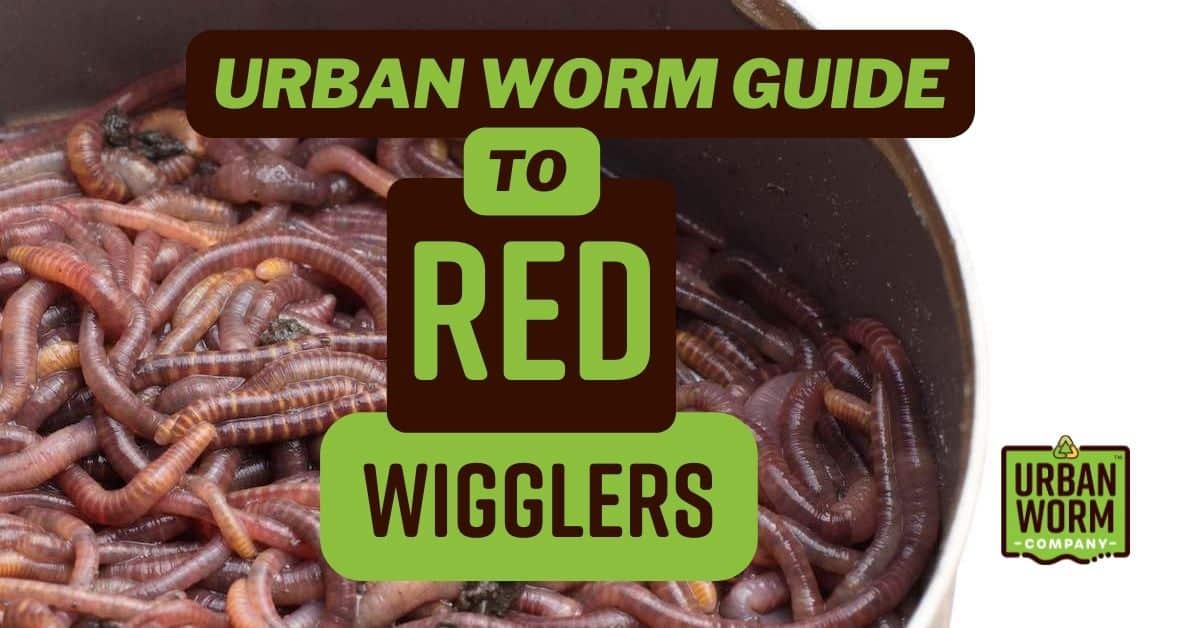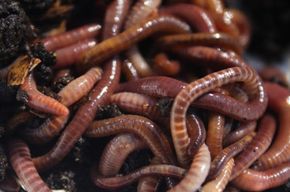Premium High Quality Red Wiggler Worms - Boost Your Garden's Fertility
Premium High Quality Red Wiggler Worms - Boost Your Garden's Fertility
Blog Article
Red Wiggler Worms Demystified: Opening the Keys of Vermiculture for Greener Living and Nutrient-Rich Soil
In the realm of lasting practices for enhancing dirt quality and advertising eco-conscious living, red wiggler worms play a pivotal yet typically neglected role. Red Wiggler Worms. Recognizing the details of caring for these worms, maximizing their environment, and using their spreadings can lead to a greener way of life and much healthier soil for plants to prosper.
The Function of Red Wiggler Worms
Red Wiggler worms play an important role in composting systems by successfully breaking down natural matter right into nutrient-rich spreadings. These ravenous eaters eat a selection of natural products, such as cooking area scraps, lawn waste, and paper items. As they feed, the worms' digestive system procedures damage down the organic matter right into a fine, dark, and nutrient-dense product referred to as worm spreadings or vermicompost.
The castings created by Red Wiggler worms are very valuable for soil wellness and plant development. They are rich in essential nutrients like phosphorus, potassium, and nitrogen, which are essential for sustaining healthy plant development. Furthermore, worm castings contain useful microorganisms and enzymes that aid boost dirt structure, boost water retention, and enhance nutrient uptake by plants.
Benefits of Vermicomposting

Moreover, vermicompost, the nutrient-rich output of vermicomposting, offers as an outstanding organic fertilizer and soil conditioner. It enhances dirt structure, boosts soil oygenation, and increases soil wetness retention. These residential properties add to healthier plants with more powerful origin systems and much better resistance to diseases and pests. Vermicompost also enhances the dirt with crucial nutrients like phosphorus, nitrogen, and potassium, promoting plant growth and total dirt fertility.
In addition, vermicomposting assistances sustainable horticulture techniques by supplying a natural and chemical-free alternative to synthetic plant foods. Red Wiggler Worms. This ecologically pleasant method not just enhances the dirt but additionally aids lower dependence on hazardous chemicals, advertising a greener and a lot more lasting way of horticulture
Establishing a Worm Bin
When developing a worm bin for vermicomposting, proper setup is crucial to ensure the success of the composting procedure. The first step in establishing a worm bin is choosing an appropriate container. This can be a plastic bin or wooden box that provides adequate room for the worms to move about and has appropriate drainage holes to avoid waterlogging. Next, a bedding material such as shredded paper, cardboard, or coconut coir ought to be contributed to the container. This bed linens gives a comfy environment for the worms and aids maintain dampness levels.
After including the bed linens, introduce the red wiggler worms to the container. It is recommended to begin with a handful of worms and gradually raise as they increase. The worms should after that be supplied with food scraps such as fruit and vegetable peels, coffee grounds, and eggshells. click here now It is important to prevent adding meat, dairy products, oily, or salty foods to stop bring in parasites and creating undesirable smells.
Regularly monitor the dampness degrees and temperature level in the worm bin to make sure optimal problems for the worms. With correct arrangement and maintenance, the worm bin will properly convert natural waste right into nutrient-rich garden compost for your plants and garden.
Collecting Worm Castings
To effectively accumulate nutrient-rich worm spreadings from your vermicomposting system, a methodical harvesting approach is vital. When it comes time to harvest the worm castings, there are a couple of key actions to comply with to make sure an effective process. First of all, stop adding fresh food scraps to one side of the worm bin for a number of weeks before harvesting. This motivates the worms to move to the side with fresh bed linens and food, making it much easier to scoop out the castings from the opposite.

Troubleshooting Common Issues
Recognizing and addressing common difficulties that might develop during the vermicomposting procedure is important for preserving a healthy and balanced and productive worm bin. Adding excess food scraps can lead to an accumulation of moisture and level of acidity in the worm container, possibly damaging the worms. One more concern is undesirable odors rising from the worm bin.
Furthermore, if the worm population is declining or the worms show up harmful, it might be as a result of environmental stressors such as extreme temperatures or pH levels. Keeping an eye on these elements and making essential adjustments is important for the health of the worms. By repairing these common concerns quickly, vermicomposters can make certain a successful and smooth vermicomposting process while maintaining a thriving worm population.

Final Thought
In verdict, red wiggler worms play a vital role in vermiculture by breaking down natural matter right into nutrient-rich soil. Establishing up a worm bin is essential for effective vermiculture, and gathering worm spreadings provides valuable garden compost for horticulture.
As they feed, the worms' digestive system processes damage down the natural issue right into a fine, dark, and nutrient-dense material understood as worm spreadings or vermicompost.
The castings generated by Red Wiggler worms are extremely valuable for dirt health and wellness and plant growth. Adding excess food scraps can lead to an accumulation of moisture and acidity in the worm bin, potentially damaging the worms.Furthermore, if the worm populace is decreasing or the worms appear harmful, it might be due to ecological stressors such as extreme temperatures or pH levels. Setting up a worm container is crucial for effective vermiculture, and harvesting worm spreadings offers useful garden compost for horticulture.
Report this page